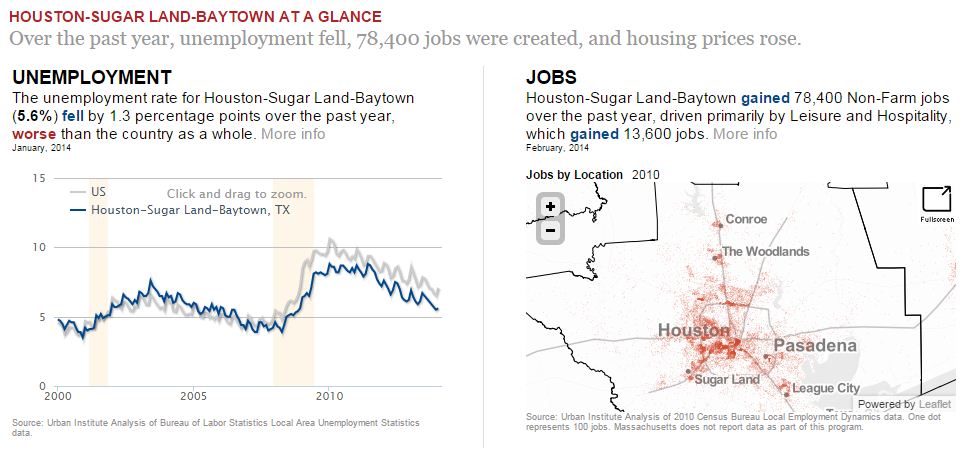We are back for a surprise third blog in our series on artificial intelligence in philanthropy. In our previous blogs, we discussed what AI is and explored practical applications. While AI brings significant promise, it’s crucial to consider the challenges and ethical aspects as we embrace this technology. In this blog, we’ll delve into some of the challenges and ethical considerations surrounding AI in philanthropy.
Data Privacy and Security: One of the primary concerns when using AI in philanthropy is data privacy and security. Nonprofits often deal with sensitive donor information. As AI systems require vast amounts of data, ensuring that this information is protected from unauthorized access or breaches is paramount. Robust data security measures and compliance with relevant regulations are essential.
Algorithmic Bias: AI systems, including machine learning models, learn from historical data. If these historical data sets are biased or contain systemic inequalities, AI can perpetuate these biases. For example, if past fundraising efforts favored certain demographics, AI may continue to target these groups, neglecting others. It’s essential to address and mitigate algorithmic bias through careful data curation and model testing.
Transparency and Accountability: The “black-box” nature of some AI systems presents challenges in understanding how decisions are made. It can be difficult to explain to donors, staff, or regulators why AI suggested a particular course of action. Striking a balance between AI’s complexity and the need for transparency and accountability is a significant challenge.
User Skills and Training: Implementing AI often requires staff to acquire new skills. It’s not just about understanding how to operate AI systems but also interpreting their results. Many smaller nonprofits may find it challenging to provide the necessary training and resources for staff to use AI effectively.
Cost and Resource Constraints: While AI can be a valuable tool for nonprofits, it’s not without costs. Smaller organizations may struggle with the financial burden of adopting and maintaining AI systems. Ensuring that AI investments align with the organization’s mission is essential.
Donor Trust and Ethical Fundraising: Donors expect their contributions to be used ethically and transparently. The use of AI in fundraising must align with ethical principles. Overreliance on AI without human oversight can erode trust. Donors should understand how AI is used and how it benefits their causes.
Social Responsibility: As AI continues to shape the world, philanthropy should not only adopt AI but also participate in the development of ethical guidelines and responsible AI practices. It’s an opportunity for the sector to influence AI for the greater good.
The Way Forward: AI is a valuable tool for philanthropy, but its implementation should be guided by a commitment to ethical practices. This includes robust data privacy measures, proactive steps to mitigate bias, transparency in decision-making, and responsible use of AI technology.
As AI evolves, the philanthropic sector must stay informed about developments and adapt to changing ethical and regulatory landscapes. AI can be a powerful force for good, but it’s up to us to ensure it’s harnessed in a way that aligns with the core values of philanthropy: improving the well-being of communities and individuals.
At the beginning of this blog, we said this blog was a surprise, but the real surprise is that this entire post was written entirely by Chat GPT! I hope this blog was both a trick and a treat for you to understand how helpful Chat GPT and other AI solutions can be for your organizations. Happy Halloween!







